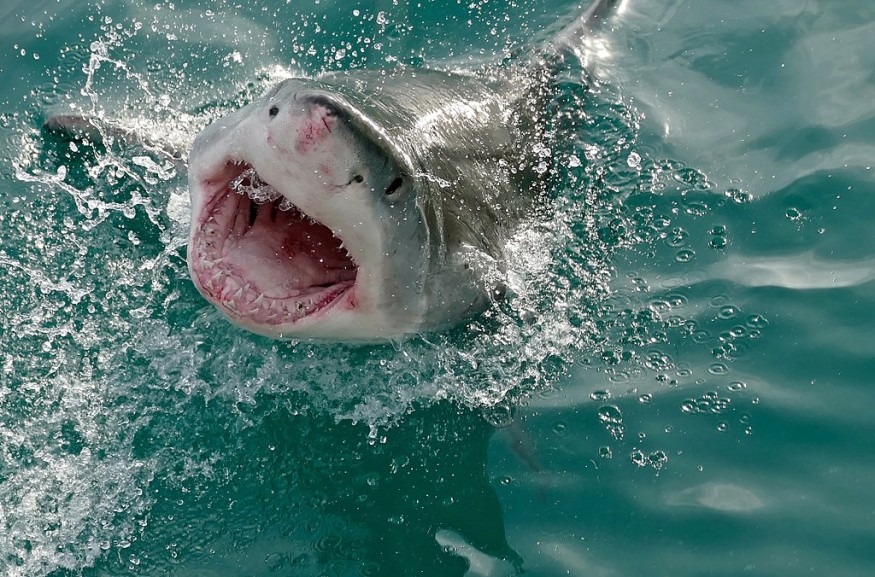A recent discovery of a new acanthodian species from China surprised scientists as it is the oldest undisputed jawed fish and precedes the first acanthodian body fossils by roughly 15 million years.

Fanjingshania Renovata
Fanjingshania renovata, a peculiar fish with spines on its fins and bony plates covering it, is named after the well-known UNESCO World Heritage Site of Fanjingshan. This species grew to up to 2 ½ft.
The fish was a predecessor of the current gnathostomes or jaw-mouthed animals. Tens of thousands of animals, from fish to birds, reptiles, and mammals, are among them. It differs from live-jawed fish, cartilaginous sharks and rays, and bony ray-and lobe-finned fish because of its exterior bony armor and several pairs of fin spines.
Fanjingshania belonged to the class of fish known as chondrichthyans, which includes sharks, rays, and other animals with a cartilage-based structure.
It existed before the division between the earliest sharks and the earliest bony fishes, a lineage that eventually included humans. However, the substantial alterations in its bones are consistent with the skeletal development of humans and bony fish.
Fanjingshania fossils were discovered in bone bed samples from the Rongxi Formation in Shiqian County, Guizhou Province, China.
These discoveries prove that key vertebrate groupings underwent diversification tens of millions of years before the 420 million-year-old start of the so-called Age of Fishes.
According to Eurekalert, the researchers discovered characteristics distinguishing Fanjingshania from every other known vertebrate. Its dermal shoulder girdle plates fuse as a single unit into several spines (pectoral, prepectoral, and prepelvic).
The study, published in Nature, found that the shoulder plates' ventral and lateral parts reach the pectoral fin spines' posterior border. The species features distinctive trunk scales crowned by a row of tooth-like components and decorated with sporadic nodose ridges. Strangely, the growth of dentine is documented in the scales but not in other parts of the dermal skeleton, including the fin spines.
ALSO READ: Climate Change May be Responsible for the Increase of Shark Attacks in Australia
Evolutionary Tree
The Sun quotes Ming as saying that the new information enabled them to place Fanjingshania in the family tree of early vertebrates and gain crucial knowledge about the evolutionary processes leading to the origin of significant vertebrate adaptations like jaws, paired appendages, and sensory systems.
The scientists discovered that climatiids, a subclass of acanthodians, have all of the shoulder spines identified in Fanjingshania. Additionally, the pectoral ossifications of Fanjingshania and the climatiids are linked to modified trunk scales, in contrast to how dermal plates normally grow. This is considered a specialization of the basic state of jawed vertebrates when the bony plates emerge from a single ossification center.
Substantial resorption and remodeling, which are generally linked to skeletal growth in bony fish, including humans, are seen in the fossilized bones of Fanjingshania.
According to lead author Dr. Plamen Andreev, the extent of hard tissue change is unparalleled among chondrichthyans, a category that includes contemporary cartilaginous fish and their extinct predecessors. It suggests a greater degree of mineralized skeleton development plasticity than is currently recognized at the time of the emergence of jawed fish diversity.
RELATED ARTICLE: What Caused the Death of the Whale Shark? Research Points to International Trade Carried by Sea as the Culprit
Check out more news and information on Environment in Science Times.
© 2025 ScienceTimes.com All rights reserved. Do not reproduce without permission. The window to the world of Science Times.











